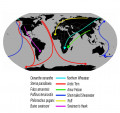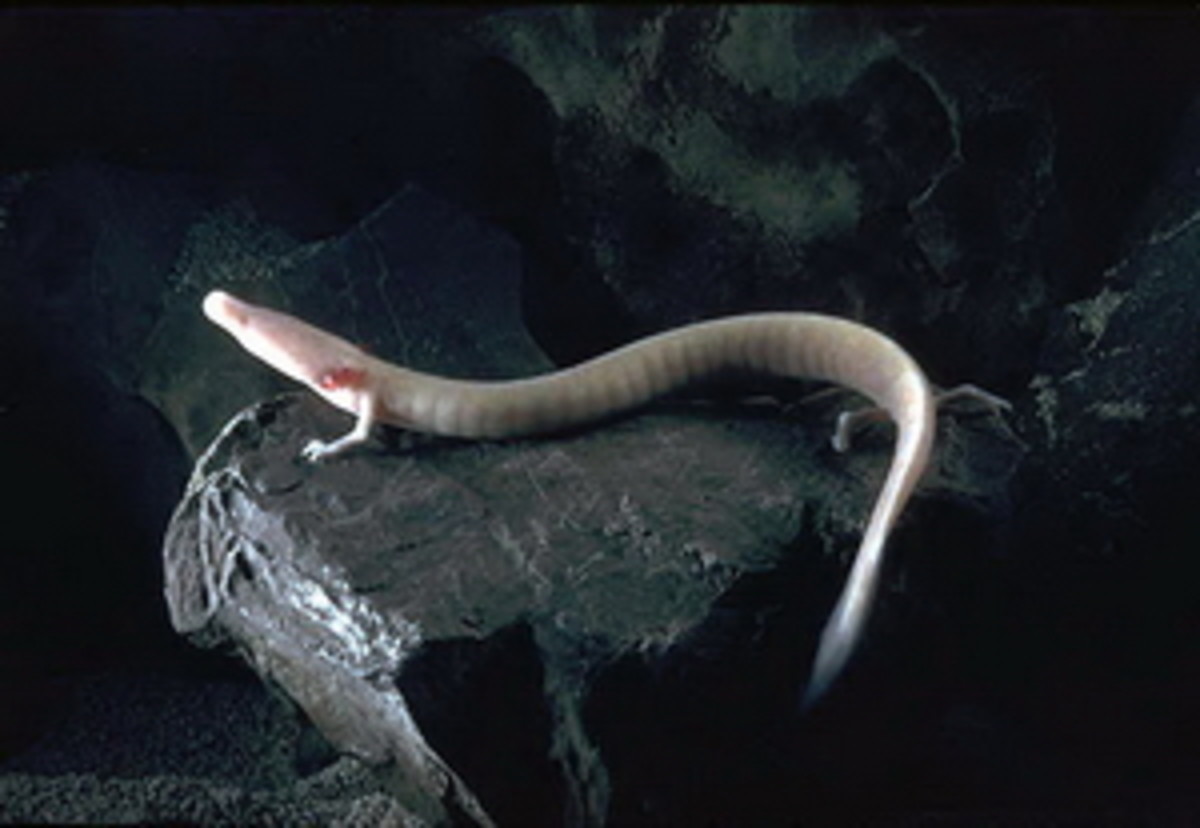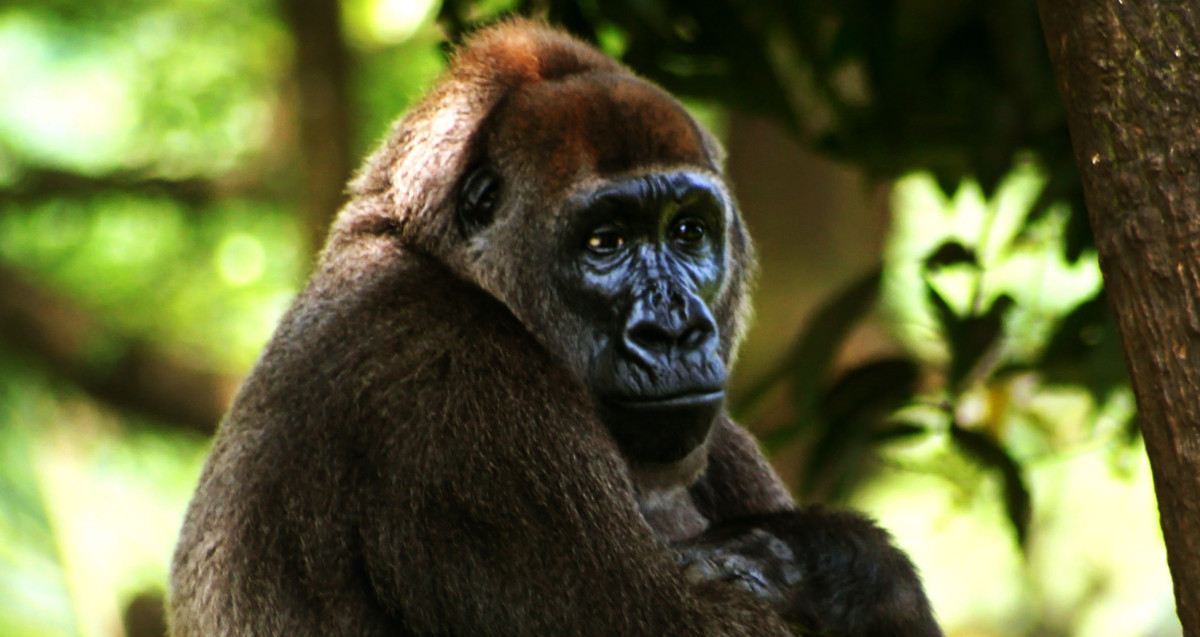Impact of Geomagnetic Reversal and Chaos on Migratory Species
Many species are at risk due to geomagnetic chaos.
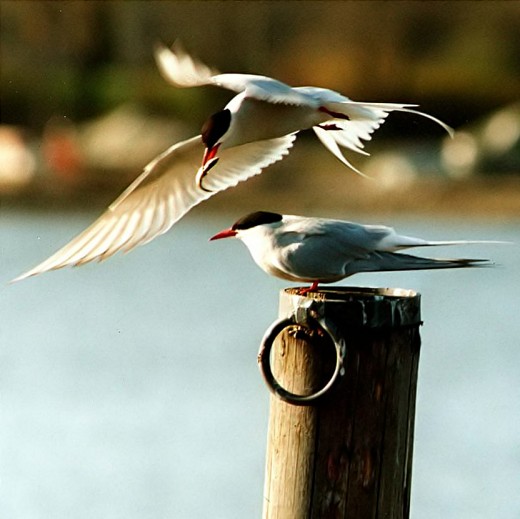
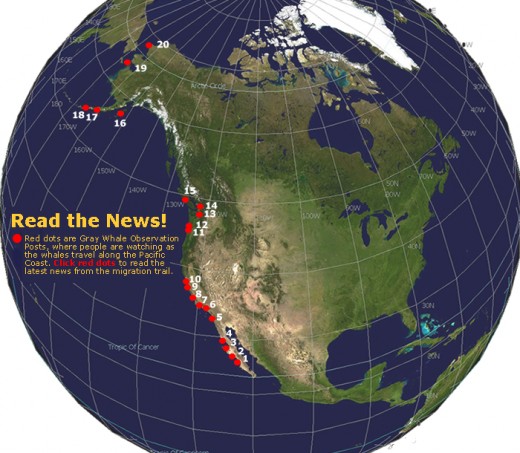
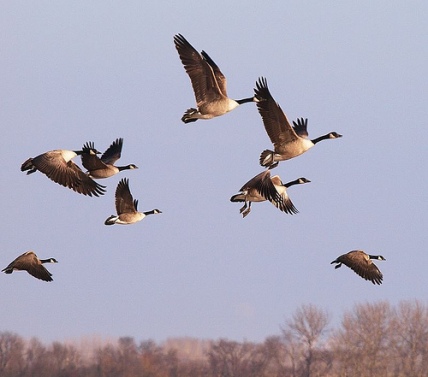
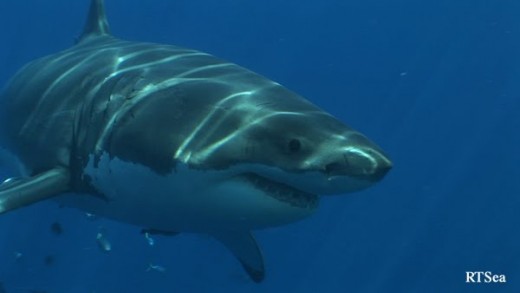
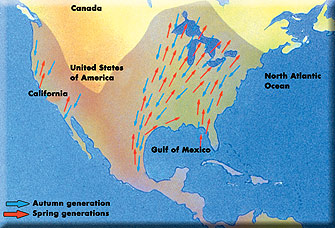
Geomagnetic reversal holds some surprising developments
Surprisingly fast changes in the earth's core are driving geomagnetic reversal and is having many ramifications upon the surface of the earth. Geomagnetic reversal is not just inconvenient to boy scouts who attempt orienteering with a compass, but to a whole host of migratory species such as birds, whales and butterflies. Due to the increasing geomagnetic chaos that is representative of the poles reversing, there is a transitional period where the entire field is scrambled into small north-south zones all over the planet. The problem is worsening and it is wreaking havoc on migratory species. Those of us who like to watch the cycles of nature are horrified by migrating ducks and gees that are heading east for the winter instead of south. Those who live on the west coast recognize that whole flocks are migrating to certain death instead of a life of relative ease in southern climes. And it's not just birds. According to one documentary, the famous Monarch butterfly that heads to Mexico to winter over by overflying the Gulf of Mexico is getting lost, threatening a whole species as they tend to fly to and cluster in a small region. Increasing numbers of whales and dolphins are also getting disoriented to the point where they get stranded in shallows. To the horror of rescuers, once sent back out to sea, the same mammals turn around and get stranded all over again. It has been noted the salmon and sea turtles also get disoriented, especially far out at sea where few other markers exist. These types of stories are becoming more prevalent. Some suggest that the mass die offs are due to a kind of collective suicide. However, the cause is likely far more sinister and there is nothing we can do about it. The cause? Geomagnetic reversal!
It is now known that birds like the humble passenger pigeon, geese, ducks, the Arctic tern, salmon, sea turtles, whales, dolphins and other species have an internal compass. Experiments in a controlled environment have definitively proven the existence of an internal compass. Some species are known to navigate by the sun and stars, but this is not universal. For those that rely on the magnetic field of the earth, none that are alive have ever experienced such an event as a geomagnetic reversal. Ancient records show that there have been earlier records of geomagnetic reversals that have caused extinctions. Today, as the chaotic shifting of the geomagnetic field increases, disorientation among these creatures is escalating and the pace is quickening. Flocks of migrating birds fly in unusual patterns that are uncharacteristic of migration. It's as if they have lost their sense of direction; and indeed, they have. Instead of heading south, they head east and we imagine that in other regions, they are heading west and even north when they should all be headed south for the winter. For species that need to be heading south for the winter, any other direction is a fatal error. For the Arctic tern that likes the northern most climes, when the summer comes, it flies straight to Antarctica, almost halfway around the world. It flies over vast stretches of unmarked ocean in all kinds of weather. They used to be able to do it night and day. Now we hear that they are showing up in places that have never seen them. As they cannot find their favourite food in the new locations, they starve.
Human beings don't rely much on magnetic compasses anymore as we have GPS systems that can guide us anywhere we want to within a few metres. But suppose the geomagnetic chaos happened in the 16th to 18th centuries where ships relying on compasses for direction during the day, suddenly went off course and got lost at sea. Though it is true that any sailor worth his salt, could steer by the stars, there were nights when this was impossible and regions where the skies are perpetually cloudy. Even under the best of circumstances in the days of sail, getting lost at sea was routine. It took weeks, if not months to make a crossing from Europe to the new world. A trip around the world took years. Had geomagnetic chaos been occurring then, the magnetic compass might well have been abandoned and the impact of the Europeans on the First Nations might have been far less substantial or even totally absent.
There is another impact that geomagnetic reversal has and that is all the holes that are popping up, allowing radiation from space to reach the earth's surface. These holes are no longer confined to the traditional location of the past magnetic poles, but develop over various regions of the earth as the earth's chaotic magnetic field reorientates. Animals living within one of these holes may see aurora, but the more dangerous side of this, is the exposure to ionizing radiation from the sun and cosmos. Increasing incidences of cataracts and cancer are showing up across the species. Though magnetic holes don't affect migratory species directly, some may wind up in the middle of one of these, like the Arctic tern that thinks it is in Antarctica, when in reality it may be in the middle of the Atlantic ocean off the coast of Brazil, where in fact a large magnetic hole has emerged. The large numbers of birds find no land except for a small handful of volcanic islands in the middle of the Atlantic Ocean and none of them are suitable nesting grounds for the Arctic tern. Nor will they find the food they need. In addition, they will be exposed to ionizing radiation.
Migratory animals are in serious trouble. The slow rate at which the magnetic reversal is occurring almost certainly guarantees their extinction, unless they can go through an ongoing chaotic shifting of the poles for the full extent of time that it takes, which by some estimates, will take hundreds, if not thousands of years to stabilize. This is far longer than any living species can cope with and seals the fate of many to complete extinction. There is not a thing that we can do about it except to preserve the genome or raise all of them in captivity against the day when the geomagnetic field is stabilized. That can take as long as the observed weakening has been monitored, which we can trace from records in ship's logs going back into the mid 19th century.
Added to this confusion is the changing of the earth itself as tectonic plates begin to move in different directions and at different speeds, such as the speed up of the African rift in recent years. The slow moving rift in Africa has taken off at an unprecedented speed of 28 feet in a single year. Earthquakes in New Zealand suggest big changes are beginning to manifest there. Many people there report a sulphur taste in well water and sulphur smells in the air in vast regions centered on Christchurch. Earthquake storms have been recorded in the central US. New volcanoes are being born, at least two undersea volcanoes are recorded for the Pacific Ocean that are now breaching the sea surface. These are all symptoms of changes deep within the earth. As changes accelerate, there may be catastrophic land collapses and sudden upward thrusts in other regions. These too will affect species by confusing them further. The last part is hypothetical, but given what we have seen lately; a possibility.
We are now witnessing unusual phenomena in regard to many species on the planet. Coupled with confused migrations is a rising incidence of mass animal suicides and we wonder if the two are connected. With the disappearance of some species will come the emergence of new ones hitherto-fore not seen. These events will fuel plenty of speculation concerning evolution versus creationism. We see that over the next period, there will be great changes as the earth goes through its geomagnetic reversal and causes sudden changes to the ecosystem on the surface and presents a huge challenge to all life.
Will the geomagnetic reversal also cause a physical reorientation of the whole planet? We doubt it, but with tectonic plates now adjusting in unpredictable ways, it is only a matter of geologic time where all the landforms will themselves migrate to new locations.



